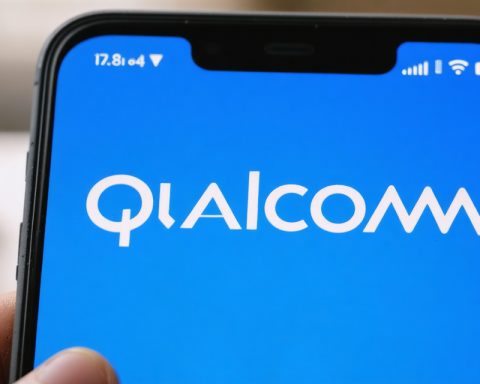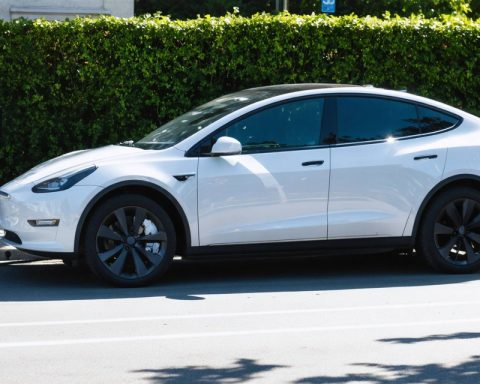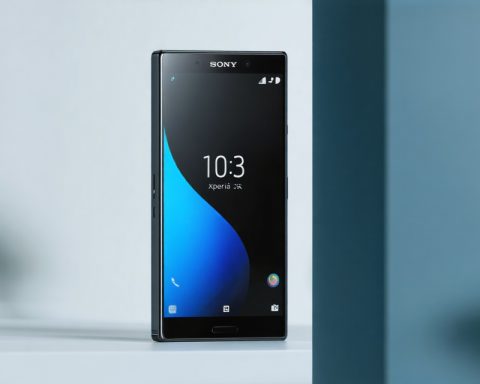Samsung’s Galaxy S24 Ultra boasts high peak brightness. The Galaxy S24 Ultra, outfitted with Samsung Display’s M13 series panel, shines with a peak brightness of 2,600 nits, surpassing both the Apple iPhone 15 Pro Max and Google Pixel 8 Pro. However, when it comes to HDR content, the Galaxy S24 Ultra falls short with a peak HDR brightness of 1,159 nits, trailing behind its rivals. This discrepancy is mainly attributed to the phone’s adaptive brightness feature.
The upcoming Google Pixel 9 series threatens Samsung’s smartphone brightness crown. Google’s Pixel 9 lineup is set to feature Samsung Display’s M14 series, promising peak HDR brightness of 1,800 nits on the Pixel 9 and a staggering 2,050 nits on the Pixel 9 Pro and Pixel 9 Pro XL. This leap in brightness levels presents a significant challenge to Samsung’s current flagship.
Future showdown: Pixel 9 series vs. Galaxy S25 Ultra. With Google potentially launching the Pixel 9 series by October 2024, Samsung’s Galaxy S25 Ultra is expected to follow suit shortly after, likely equipped with Samsung Display’s M14 series panel. This hints at a forthcoming clash where Samsung may regain its brightness advantage, showcasing similar or even superior brightness levels compared to the Pixel 9 series.
Conclusion: As the competition between Samsung and Google intensifies in the brightness battleground, consumers can anticipate a thrilling showdown as both tech giants strive to outshine each other in display quality.
The Brightness Battles Between Samsung and Google: Unveiling New Insights
As the race for smartphone display supremacy heats up between Samsung and Google, there are several crucial questions and intriguing aspects to consider in the ongoing brightness battles.
Key Questions:
1. How does the technology behind peak brightness differ for Samsung and Google?
– Samsung’s utilization of the M13 and M14 series panels contrasts with Google’s approach in achieving high HDR brightness levels. Understanding these technological variances sheds light on the competitive landscape.
2. What impact does adaptive brightness have on overall display performance?
– Exploring the role of adaptive brightness in Samsung’s Galaxy S24 Ultra can provide insights into how this feature affects not only peak brightness but also HDR capabilities, highlighting a potential area for improvement.
3. Are there any sustainability considerations in the development of ultra-bright displays?
– Examining the environmental implications of producing smartphones with extraordinarily high peak brightness levels is essential in evaluating the long-term sustainability of such devices.
Key Challenges and Controversies:
One of the primary challenges in the brightness battles between Samsung and Google is striking a balance between peak brightness, HDR performance, and energy efficiency. Ensuring that ultra-bright displays do not compromise battery life or user experience remains a significant hurdle for both companies.
Additionally, controversies may arise regarding the necessity of extremely high peak brightness levels in everyday smartphone usage. Critics might argue that pushing the boundaries of brightness could be purely for marketing purposes rather than enhancing the overall user experience.
Advantages and Disadvantages:
Advantages:
– High peak brightness levels enhance viewing experiences, particularly in well-lit environments or while consuming HDR content.
– Technological advancements in display panels contribute to improved color accuracy and visual clarity, raising the bar for display quality standards.
Disadvantages:
– Excessively high peak brightness can lead to increased power consumption and potentially impact battery life.
– Achieving exceptional brightness levels may come at the expense of other display metrics such as contrast ratios or black levels, potentially affecting overall visual performance.
In navigating the brightness battles, consumers should weigh the benefits of ultra-bright displays against potential drawbacks to make informed purchasing decisions.
For more insights on the latest in smartphone display technology, visit Samsung’s official website and Google’s official website.



















